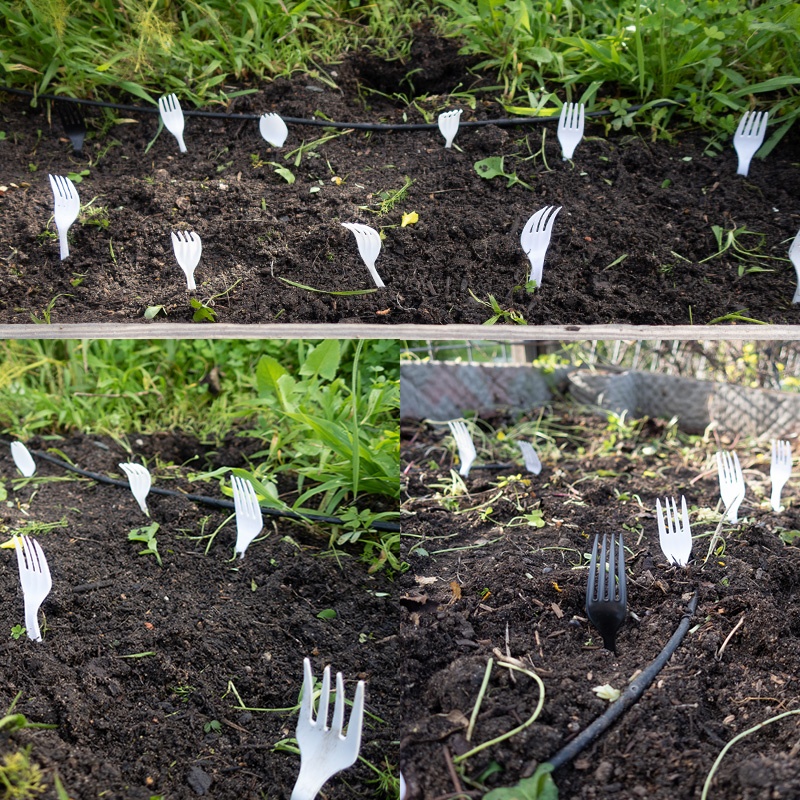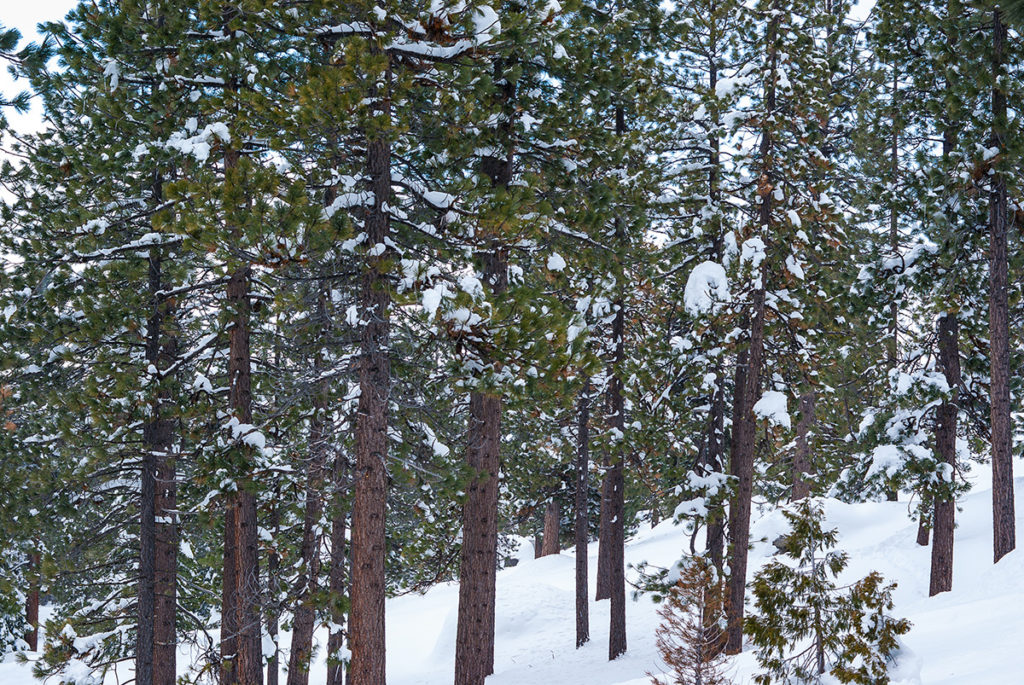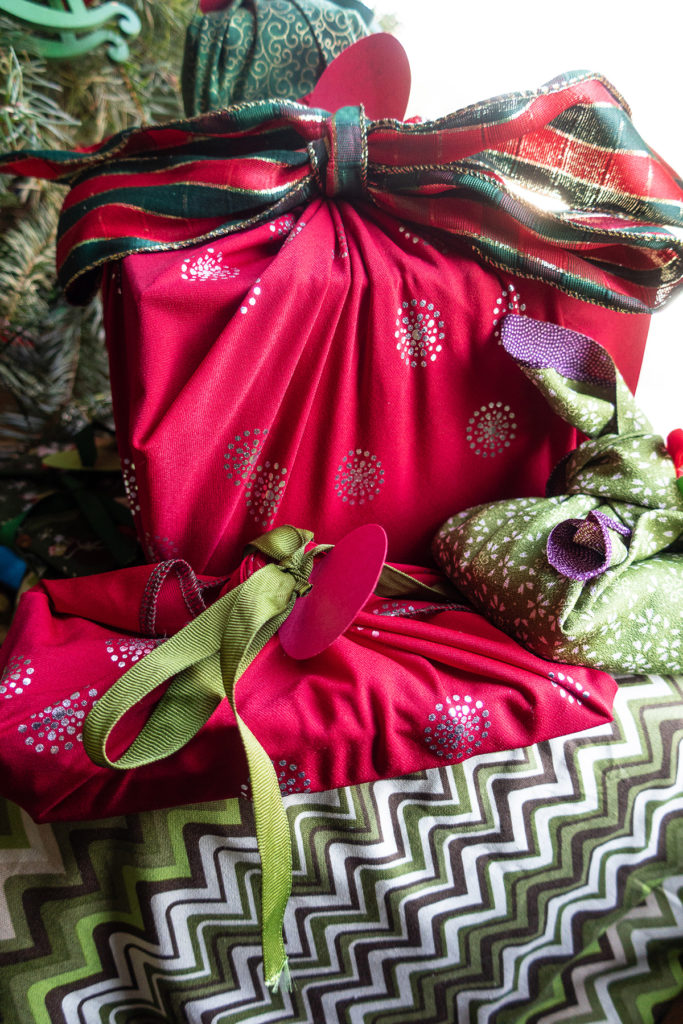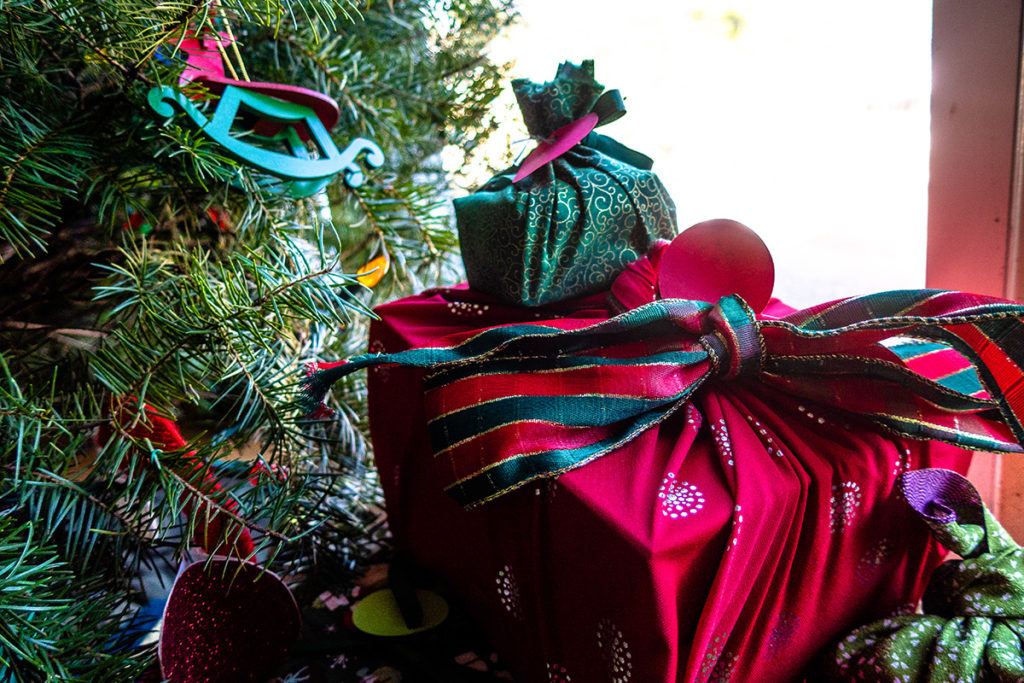What to Plant in April
If you haven’t started some seeds yet, or weeded some of your garden, get to it! We’re in the thick of planting now! Get your brassicas in the ground or start your seeds! If you don’t live in a SUNNY area, you need to get …
Exploring everything green beneath the fog
If you haven’t started some seeds yet, or weeded some of your garden, get to it! We’re in the thick of planting now! Get your brassicas in the ground or start your seeds! If you don’t live in a SUNNY area, you need to get …
The winter rains slow down, the air smells fresh, and you’re itching to get into the garden. What can you plant in March, inside or outside, in the San Francisco Bay area? March is one of the biggest months for planting in the San Francisco …
Our cat is indoor-only, but our neighbors have a couple of active kitties that we often find napping or hunting in our garden. We usually enjoy seeing them and maybe offering them a pet, but sometimes I wish they would stay away. You can love or hate cats, but when you are weeding or tilling the soil of your garden, and you are accosted by a horrible smell, that can mean only be one thing: cats are using your garden as a litter box. Not cool!
Cats love loose soil because it is easy to dig in and they can more easily bury their waste. Commercial litter is loose and grainy for just this reason. A freshly weeded or tilled garden is exactly the texture they are looking for.
In the garden, cat waste is a big problem because of the toxins and other nastiness carnivore waste brings with it, especially their urine, which is as effective as an herbicide. Added to that, just the act of digging can destroy your carefully planted seeds, seedlings, rhizomes, and tubers. Below, I have laid out some strategies for keeping cats out of your precious gardens.
One of the most common methods I have seen offered online to get cats to stop using your garden as a litter box is to plant catnip somewhere else in your yard. In theory, this would make cats focus on a part of your yard that does not affect your garden. In practice, I have found that it just doesn’t work.
For one, it can attract new cats who weren’t already hanging out in your garden, because catnip is a powerful draw. Let’s not multiply the problem, shall we?
Second, catnip is a weed on its own. If you ever grown mint, you know what I’m talking about. This close relative will reseed and grow from runners very actively, so you would need to keep it in a pot with no holes, but even then, the seeds could propagate if carried by wind or other methods.
If you would still like to try this method in your garden, you can order there here: Catnip Seeds
When cats are digging to bury their waste, they’re looking for that easy, loose soil. If you make the areas around your seeds and seedlings less easy to dig, cats will avoid it.
There are several commercial products for this exact purpose, my favorite being one that I found at a Daiso store called Don’t Cat. This item is the closest to it I’ve seen: Cat Repellant Mat. However, these commercial products are small and will get expensive over a large area, plus users claim that cats can just walk between the spikes.
Heavy-duty Bird Netting that is built for the garden and will last through several seasons before breaking down, would make most of your exposed soil undiggable for a cat. The downside is that it makes it hard to dig for you as well. This method would work best if you planted your seeds or seedlings and then laid the net on top, letting tiny plants through, and at a point where you will not be digging any further.
The method I use his to collect plastic forks all year round, and use them both as seed markers and cat deterrents in the garden. They stick up out of the soil right near my plants, so I know the cats will not dig right there.

When a lot of plants are in one area the tiny army of upturned forks serves as a visual deterrent, as well, so cats will find other places to dig. This method also helps deter raccoons from digging for grubs in the same places.
The downside to using the forks is that they are not meant to be in the sun, and the UV rays break them down within one season. If you have access to another kind of pointy item that is easily seen and more durable, or that breaks down, I would use that. I have also successfully used trimmed blackberry brambles and small stalks of bamboo with little pokey branches sticking out of them.
While the litter box thing is really annoying, cats also serve a great purpose in the garden. They can help kill or deter vermin, like rats and gophers, and can keep birds away if they are congregating in your garden for a snack during the day. Keeping them from defecating and urinating in the garden should be your primary goal, not eliminating their presence altogether.
When I wrote a while back about the Carnivourous Plants Store in Half Moon Bay, I mentioned that we took home a sundew for ourselves. Our cool little plant monster happily enjoyed some fruit flies and ants as snacks, and we kept the dish below …
When we think about starting seeds, images come to mind of those flexible black plastic packs, peat pots, and professional seed-starting flats. All those things work great, but so does just about any container that can hold dirt. If you’re serious about gardening, you know …
Snow is not a normal sight in the Bay Area, which is why it’s quite common to trek up the mountains to Tahoe. The white stuff is quite fascinating to my kids, who had never seen it (or played in it) before. To me, a transplant from Pennsylvania, it was not new to me, and in fact showed me why my tiny compact car (even with chains) is not going to cut it the next time we head up to the snow.
Being in that icy, quiet wonderland, I thought about what winter means to nature and the creatures that live in it. In five feet of snow, how do animal and plants survive? At the house we stayed at, while creating sled runs, we found shrubs beneath the snow, seemingly enduring the cold. And the trees, their branches weighed heavy with snow, dropped snow showers on us at random intervals, as the sun warmed them. We caught a glimpse of a bobcat, carefully stepping atop the delicate drifts.

Even in that sleepy cold, we enjoyed a harvest of freshly-fallen snow, sweetened with Cherry Torani Syrup (though some friends used the traditional maple syrup instead). I highly recommend you try a Real “Snow” Cone the next time you get to visit the snow. Super detailed recipe below.
Here in the Bay Area, where nothing freezes for very long, we don’t get that kind of hibernation, and neither do our plants. There’s no killing frost, so weeds and beloved plants alike live through the winter. It is both good and bad, winter and not winter. Still, I wouldn’t want to live–or grow things–anywhere else.
Ingredients
Freshly Fallen Snow
Flavored Syrup or Maple Syrup
Assembly
Collect Snow in a bowl or mug. Drizzle your syrup of choice on top. Enjoy with a spoon.
Gardening, as you may already know, can get prohibitively expensive–but it doesn’t have to be. There are tools you need and tools that are nice to have. For most gardens in the Bay Area, these three items are the bare minimum you can expect to need …
Gardening is a huge subject, and the volumes of knowledge you can attain over time are immense. You can read, you can try and learn by your mistakes, and you can get advice. And, you can be totally overwhelmed by something as simple as figuring …
The holidays are always an exciting time around here, but I always hated the waste of the season—especially wrapping paper and bows. Now, each year we have our gifts under the tree without any wrapping paper, tape, or plastic ribbon: we use fabric!
When my son started receiving gifts from relatives by mail for his first Christmas, I realized that I could stop the waste by simply refusing to use wrapping paper and ribbons and bows like I always had. Instead, I raided my fabric closet for green and red cottons and knits. I used pieces of cloth ribbon from my stash to hold the wrapping on the gifts. They looked beautiful, and were easy for a baby to open himself. Success!
That first “Cloth Christmas,” I used what I had on hand. The next year, I ran through my pieces so fast that I ended up getting some fun Santa prints from the fabric store. The pile I have now of festive fabric and ribbons has gotten us sustainably through seven Christmases, and I plan to keep it going for many more.
To wrap the gifts, you can just do a simple wrap and depend on the ribbons to hold them together, or do some cute knots in the Japanese Furoshiki style. I usually do a mix of both ways depending on the size and shape of each gift.

To keep the cotton fabric from fraying, I usually run the edges through my serger. On some pieces, I never got around to finishing the ends, and it hasn’t been a big deal since the edges are all wrapped up and only revealed when the gift is opened–and then who looks at the wrapping, right?
On the ribbons, as you can see in the picture above, I should take a lighter to the edges to stop them from fraying. This is especially true because I use homemade card-stock tags for labeling, and I have to get the ribbon through the tiny hole punched in them (and before you even ask, those tags get recycled every year as well!).
The most beautiful part of using fabric wrapping paper is on Christmas morning. Instead of a trash bag full of non-recyclable glossy paper, I have a pile of fabric I can fold up, seal in a vacuum bag, and pop in the basement to store until next year.
Happy Holidays to you and your family!

Reviewing your seed catalogs in the (finally!) rainy autumn, you see the beautiful colors that dent corn can come in–blue, red, even rainbow “Gem”–and you don’t know why you’d want to grow corn you can’t eat fresh. What’s the point? Why colorful cornbread, of course! …